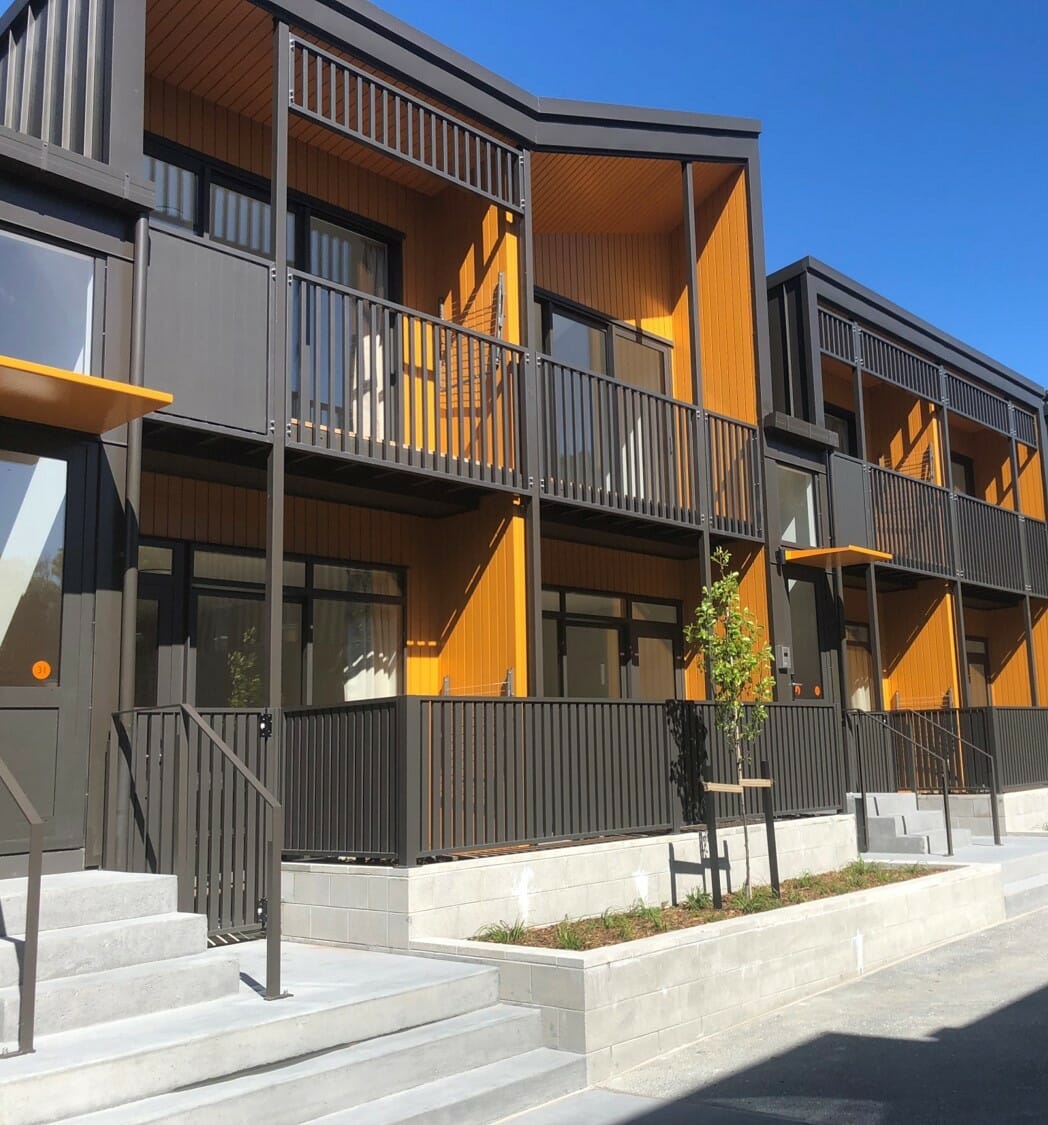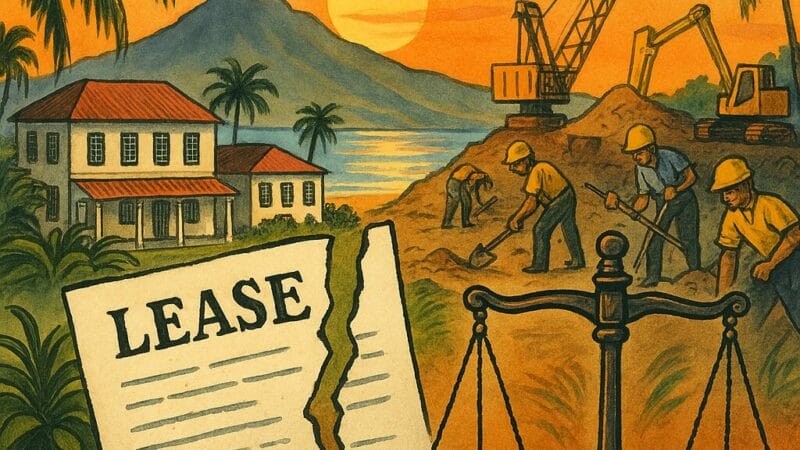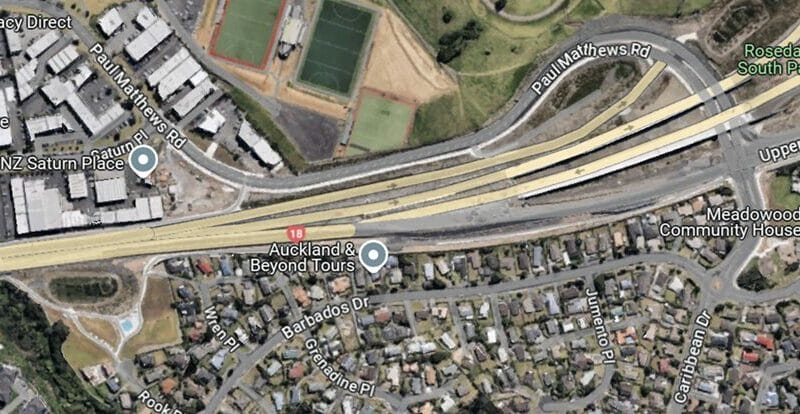There’s a new mythical creature stirring debate and concern amongst our council clients, but it’s yet to be seen clearly in the wild.
Before Covid-19 hit the headlines, we all heard about Kāinga Ora’s expansive powers, lofty goals and the worry that it’ll run roughshod over local councils. But is there any truth to the speculation?
The intention of this article is to give you a clearer picture of what Kāinga Ora is, what it might look like as a building consent authority (as Consentium) and our opinion on whether councils should be afraid, very afraid.
Kāinga Ora in a nutshell
If you blinked last year you might have missed this. In October 2019, the Government brought together KiwiBuild, Housing New Zealand and its development subsidiary HLC, to become Kāinga Ora.
This powerhouse agency has two key objectives:
- Being a world-class public housing landlord; and
- Partnering with the development community, Maori, local and central government, and others on urban development projects of all sizes.
Kāinga Ora is being established through two separate forces. The first of the two is the Kāinga Ora–Homes and Communities Act 2019, which established Kāinga Ora as a Crown agent. The second is the Urban Development Bill that was introduced in December 2019 and complements the Kāinga Ora–Homes and Communities Act 2019.
The Kāinga Ora–Homes and Communities Act 2019 is responsible for turning Kāinga Ora into a powerful entity that is capable of delivering integrated urban development that connects homes with jobs, accelerates developments, and builds diverse communities. The Urban Development Bill on the other hand provides Kāinga Ora with the tools it needs to achieve its objective to undertake large-scale developments at scale and pace to transform urban areas, build public and affordable housing.
More about the Urban Development Bill
The Urban Development Bill is currently at select committee stage. It was introduced as a result of urban areas facing unprecedented pressure and, according to the Government, not delivering the improvements in living standards that New Zealanders expect.
Specified development project (SDP) is a new process created by the Urban Development Bill that is designed as a new improved way to undertake complex urban development. SDP is designed so that planning, infrastructure, land use and funding arrangements are sorted upfront. This is done by bringing together various development processes into a single streamlined process to allow for a quicker delivery.
The type of wider powers the Urban Development Bill entrusts to Kāinga Ora (once the development plan for a SDP is in place) includes:
- Power to propose bylaw change. While the Urban Development Bill does not give Kāinga Ora any power to make infrastructure-related bylaws, in certain circumstances, Kāinga Ora may require bylaw changes to be made by the relevant bylaw-making authority once Kāinga Ora has been through the required process;
- Power to act as the consent authority for resource consents within a project area, if the territorial authority would otherwise be the consent authority under the Resource Management Act 1991. However, Kāinga Ora will not be the consent authority if a regional council, the Minister for the Environment, or the Environmental Protection Authority would be the consent authority under the Resource Management Act 1991; and
- Power to set and assess targeted rates within a SDP area and require development contributions.
The full explanatory note can be viewed here.
What Consentium might look like
Kāinga Ora plans to embark on the country’s largest state-backed housing programme. It intends to deliver 19,000 homes over 10 years, an ambitious task to say the least. These buildings will be R1-R3 or C1-C2 as classified under the Building Act and Regulations.
Kāinga Ora is looking at ways to speed up the building programme, accordingly, it plans to establish a Consentium as a building consent authority. Consentium will be audited by IANZ and, prior to Covid-19, Kāinga Ora expected the BCA to be in operation by early 2020.
Consentium will operate nationally with consent processing based in Auckland and mobile inspections teams around the country.
What it all means for councils
Understandably, many of our council clients want to know what impact Consentium will have on existing consent numbers. While it might be a bit early to tell, there are some key questions that the Government could provide answers to now, including:
- How is a council meant to comply with its record keeping obligations under the Building Act if it didn’t process the building consent?
- How will the flow of information between Consentium and the local Territorial Authority work, given Consentium can only perform certain functions?
- Who will pay the TA’s costs for performing administrative functions in aid of Consentium?
- If the political landscape changes and Consentium no longer exists, what assurance does a local authority have that buildings in its district will be safe and code compliant?
- Who is liable for a defective building built on Consentium’s watch if it is no longer around?
- How much revenue will this take from councils?
- It is hard enough finding building inspectors now, how will councils compete when there is more money on offer from Consentium?
Here at Rice Speir, we wonder whether Kāinga Ora has bitten off more than it can chew. The idea of a mega BCA that promises more affordable houses, quicker, sounds attractive but the devil is always in the detail. Also, these types of sweeping political statements have been made before (remember Kiwibuild?) and it remains to be seen just what impact Covid-19 has on the Government’s lofty ideals.
For now, we expect the stories of this roaming beast to remain just that. But if you see it in the wild, make sure you report your sighting.





